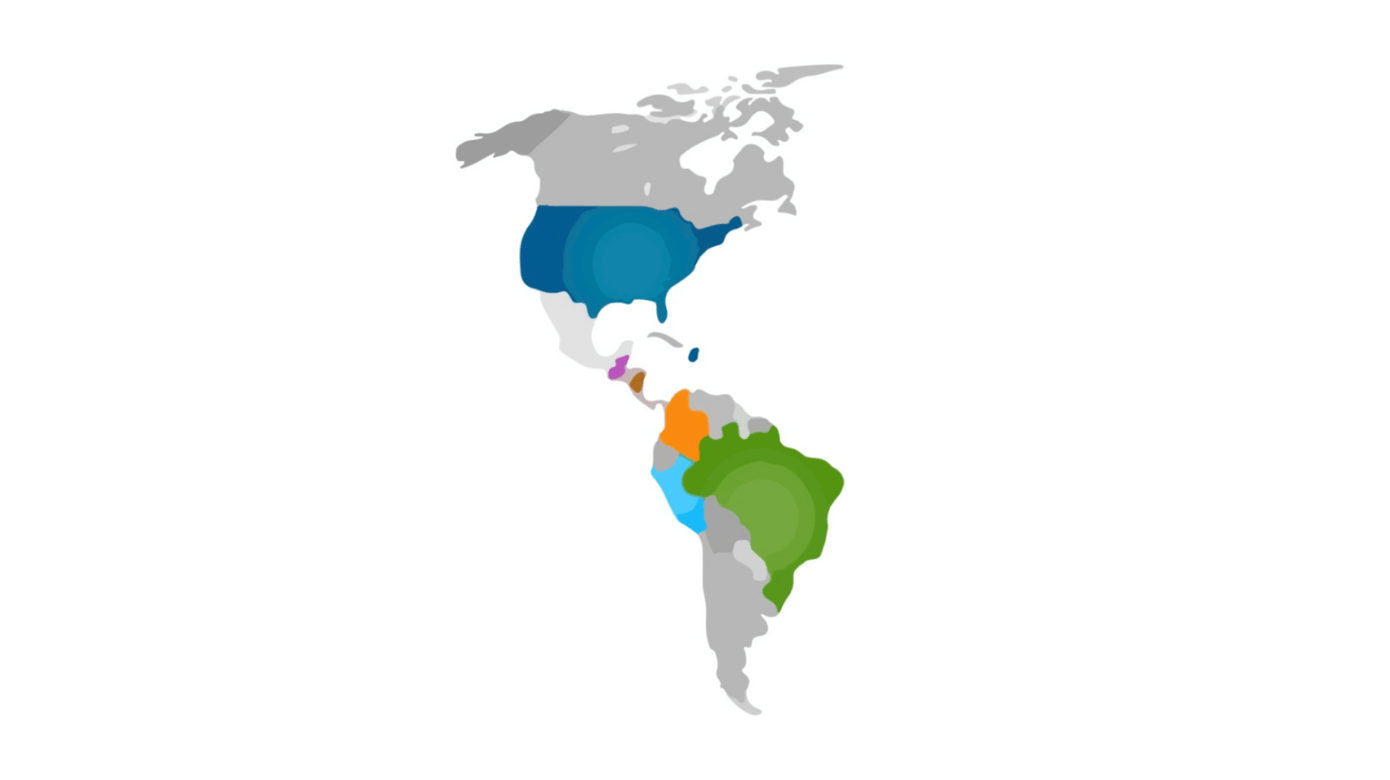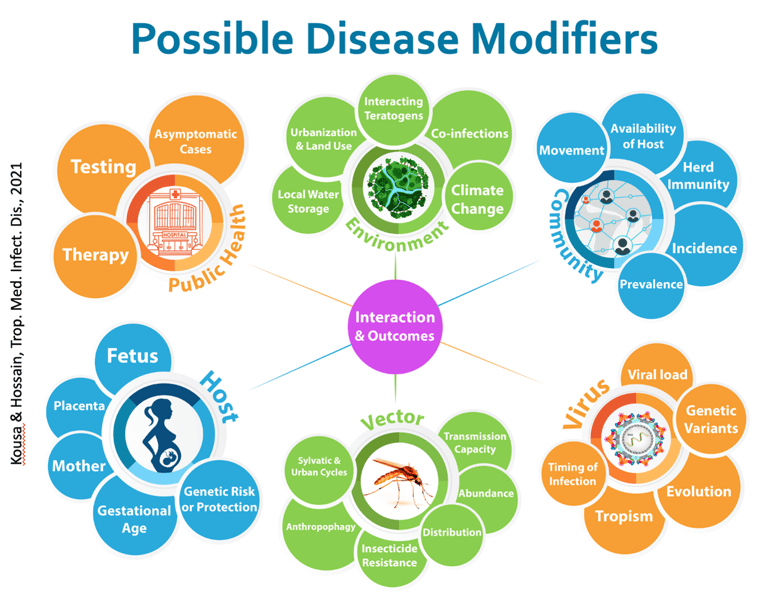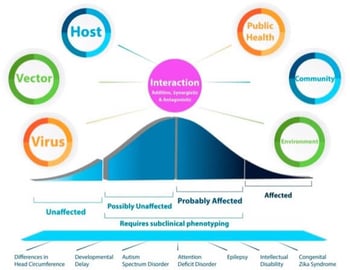
The Zika virus pandemic brought into sharp focus our incomplete understanding of the fragility of fetal development. Zika virus can lead to Congenital Zika Syndrome, which can cause serious congenital anomalies. Importantly, these congenital malformations are associated with significant and lifelong morbidity and increased risk of mortality. It is not clear how the Zika virus is transmitted from mothers to the fetal brain and leads to these congenital malformations. However, an emerging body of evidence suggests that the Zika virus affects distinct human populations differently and is associated with different outcomes in fraternal twins—one twin may be affected, while the other is developmentally typical.

Our overarching hypothesis is that different groups of people and/or distinct individuals have intrinsic genetic risk or protective factors. Using the Zika virus pandemic as a natural experiment, we propose a genome-wide association study to identify population-specific maternal and/or fetal risk or protective factors. To this end, we’ve established the Prenatal Infection and Neurodevelopmental Genetics Consortium. Since collaborating sites share a common protocol, phenotypic and genotypic data can be combined to confer more statistical power and help identify common variants with smaller effect sizes. Our hypothesis will be addressed in experiments with the following specific aims:
- To determine if common genetic variants with a large effect size are associated with microcephaly in Congenital Zika Syndrome; and
- To determine if rare variants in “target” or “Zika pathway” genes can contribute to microcephaly in Congenital Zika Syndrome.
- To determine whether social factors influence the risk and severity of Congenital Zika Syndrome and to identify what these factors are.
Populational Genomics System

We work closely with the Prenatal Infection and Neurodevelopmental Genetics (PING) Consortium to understand how genetic variants in people affect the risk for brain injury. Combined with the model systems above, we can synergistically identify new genes that might contribute to risks and evaluate known genes of interest. Further, in collaboration with the PING Consortium, we are looking to investigate public health modifiers of prenatal viral infection, brain injury, and long-term outcomes.
